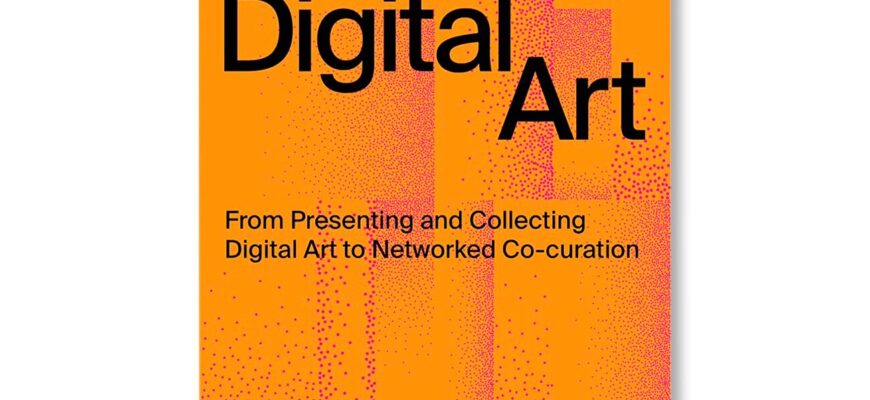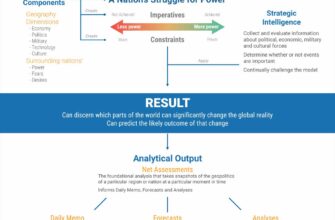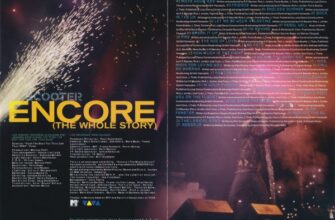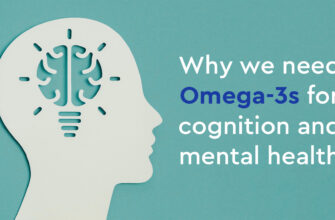
For centuries, the world`s great museums have served as custodians of collective memory, their vast collections forming a universal tapestry of human creativity. From ancient artifacts to modern masterpieces, these institutions painstakingly preserve and catalog treasures gathered “from the four corners of the earth.” Yet, beneath the grand displays and meticulously curated exhibitions, lie untold stories locked within millions of items tucked away in archives and storerooms. Identifying authorship, pinpointing creation dates, and uncovering the subtle narratives of these pieces has always been a monumental, often slow, human endeavor. Until now.
A silent revolution is underway, not in dusty basements, but in laboratories where the algorithms of Artificial Intelligence are being trained to see art in new ways. This isn`t merely about digitizing collections for virtual tours, though that itself was a significant step. This is about leveraging the computational might of AI to understand, analyze, and attribute cultural assets at a scale and speed previously unimaginable.
The Unflinching Speed of the Machine
Consider, for a moment, the sheer magnitude of the task. Take, for instance, two of the world`s most extensive collections of 18th- and 19th-century English satirical engravings. One resides in a prominent British institution, meticulously documented with detailed descriptions and cross-references for roughly 26,000 images. The other, an equally significant collection of around 8,000 engravings, is held within the hallowed halls of a major Russian museum.
The challenge: to compare these two colossal sets of images to identify unique pieces and potential overlaps. A leading research institution recently undertook this very task. The human approach? To manually compare 208 million pairs of images. At a brisk five seconds per comparison, this delightful tedium would occupy an art historian for over 30 years. Enter AI. The intelligent service developed by the “Art and Artificial Intelligence” laboratory at a European university in St. Petersburg, employing both traditional visual analysis and cutting-edge neural network approaches, accelerated this process by hundreds of thousands of times. The result? Approximately 100 unique engravings in the Russian collection, previously unknown to exist elsewhere, were swiftly identified.
Overcoming the Data Desert with Digital Creativity
One might assume that training AI for such nuanced tasks requires enormous, perfectly labeled datasets – a rare commodity in the specialized world of historical art. The researchers faced this precise “data scarcity.” Their ingenious solution involved creating synthetic image sets using generative models. This allowed the algorithms to be trained without the laborious manual annotation that typically bottlenecks such projects. This innovative methodology holds promise for myriad other printed image collections across the globe, offering a blueprint for future art historical investigations where data is scarce but insights are abundant.
“The essence of this service is not merely a digitized catalog,” explains Anastasia Starobykhovskaya, Executive Director of the `Art and Artificial Intelligence` laboratory. “It`s a suite of tools, powered by computer vision and machine learning algorithms, designed to assist in research, to generate hypotheses – for example, suggesting who a depicted character might be, or the potential authorship of a work if that information is missing. But this is very much about the future; we are only at the beginning of this journey.”
From Identification to Interpretation: The Cultural Code
The service`s development roadmap extends far beyond simple comparison. By combining neural networks with classical computer vision algorithms, the AI assistant will soon be able to select images based on specific attributes, compare exhibits from diverse collections, uncover subtle interconnections, and even intelligently augment descriptive metadata. Imagine the possibilities: a nuanced AI capable of segmenting individual characters within an engraving, enabling researchers to track their appearances across multiple artworks. This capability could dramatically simplify the process of determining an artist`s hand, unraveling complex narrative threads, and understanding the deeper semantic relationships between seemingly disparate pieces.
While some might fear a robot uprising in the hallowed halls of art, rest assured, AI is currently more interested in identifying centuries-old etchings than overthrowing humanity. The project at this European university vividly demonstrates that Artificial Intelligence is not a replacement for human intellect but a powerful amplifier for humanities research. It takes on the exhaustive, routine tasks – the digital equivalent of sifting through countless grains of sand – leaving human experts free to engage in the truly creative aspects of scholarly inquiry: interpreting results, formulating new theories, and weaving together the rich tapestry of our shared cultural heritage. This symbiotic relationship promises not only to advance the methods of art study but also to ensure the preservation and accessibility of national and global cultural values, strengthening the foundational threads of historical continuity and unique identity for generations to come.








